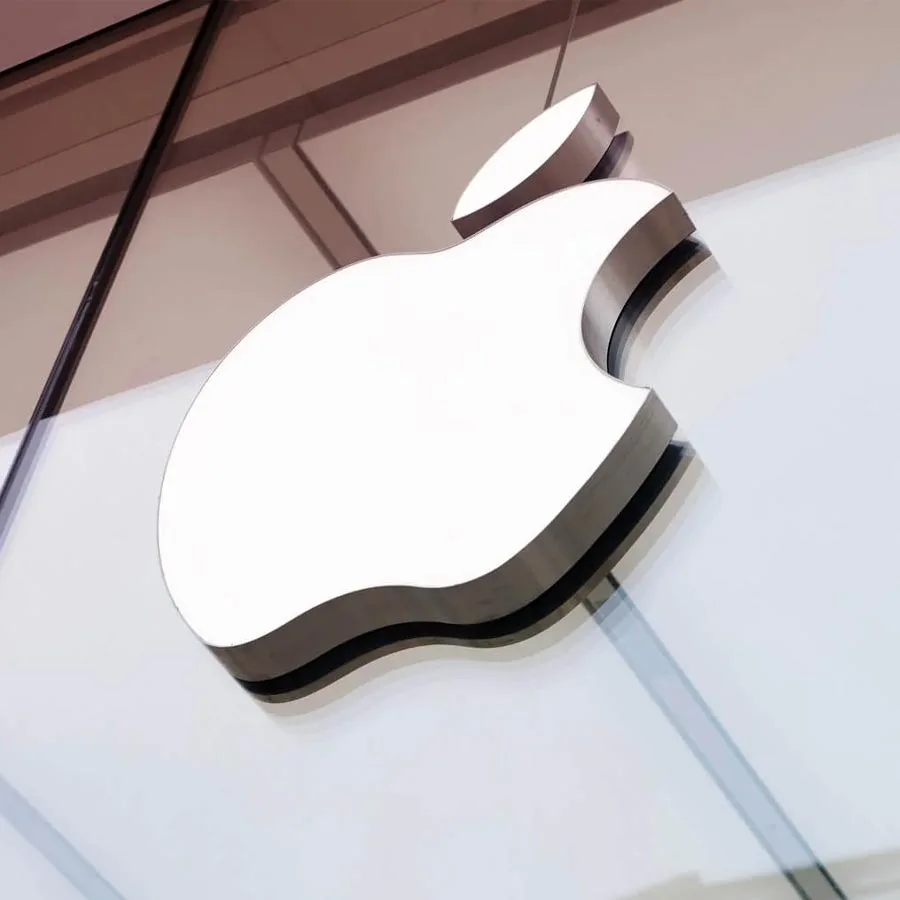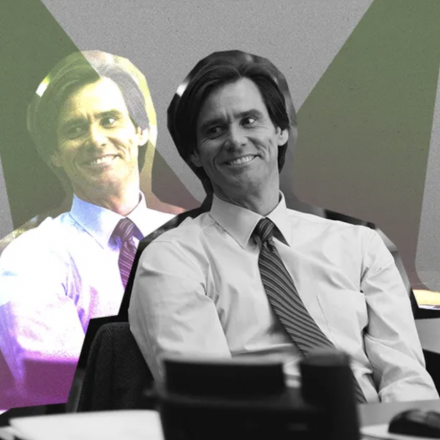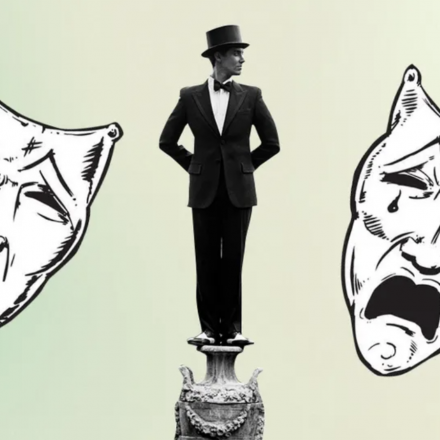Apple is not just a brand. It’s a cultural phenomenon, a technological religion, a company that didn’t just follow the market but redefined the market. Every other guy has an iPhone in hand, a MacBook in his backpack, and AirPods in his ears. And it’s not just about fashion; it’s about the systematic work Apple has been doing for years.
Let’s break down why millions of men around the world choose Apple, and what made it a symbol of technological excellence.
1. FaceTime: When Video Calling Became Real Magic
While the world was still struggling with buggy Skype, and Zoom, WhatsApp, and others were just dreams for geeks, Apple made video calling a one-button experience. FaceTime appeared as a magical opportunity — one tap, and you’re already seeing your loved ones, even if they’re thousands of miles away.
Emotions through a screen — it's not about megabytes, it's about technologies that bring people closer.
2. The Musical Revolution: Subscription as the New Standard
Before Apple, music was either pirated or bought in albums on CDs. iTunes and Apple Music didn’t just offer a legal way to listen to tracks — they invented the subscription model, where money was automatically distributed between artists and labels.
Today, Spotify, Yandex Music, Tidal — all of them live by the rules Apple invented.
3. Gestures Over Buttons: A New Level of Interaction
While everyone else copied the design, Apple began to rethink how we interact with devices. Gestures instead of buttons gave users not just convenience but the feeling of a truly futuristic experience. Swiping through photos, switching between apps, zooming in and out — all became natural and pleasant.
Today, everyone copies this, but the intuitiveness remains Apple’s domain.
4. The Camera That Shapes Our Perception of Reality
When you open the camera on an iPhone, you automatically expect professional results. It doesn’t matter that Samsung has more megapixels on paper — in people's minds, the "best camera" = iPhone.
Image quality, filters, and smoothness — all this set the standard for mobile photography.
5. The Cult of Design: When the Interface Became an Art Form
Apple set the trend for interfaces you want to fall in love with. From icons to smooth animations, everything is about attention to detail. It's not just pretty; it’s easy on the subconscious level. Apple created an army of UX designers around the world, inspired by their "Apple-style" design.
6. Simplicity in the Small Things: The Revolution of the SIM Card
Remember the times when you had to open your phone just to insert the SIM card? Apple was the first to make this process simple with just a paperclip.
Today, it's the standard — but it all started in Cupertino.
7. Aesthetics Even Inside the Device
Apple even paid attention to the internal architecture of the phone. Circuit boards, chips, components — everything was meticulously designed, even though nobody could see it except for engineers. Why? Because beauty is everywhere, even when it's hidden. This became a market standard.
8. Product Presentations as a Show
Steve Jobs turned product launches into spectacles filled with drama, intrigue, and awe. He didn’t just talk about a product; he crafted a story, making every audience member feel like they were part of a grand event. Today, many startups use this approach, but it was Apple that started it.
What Can We, Men, Learn from This?
Being First Means Creating the Rules
Apple didn’t just do things first. They did them in a way that made others play catch-up. And that’s the true power. The first to create a market sets the standards, creates culture, and defines the future.
It’s Not About the Numbers; It’s About the Surprise
Maybe the competitors have more features, but the winner is the one who makes life simpler, clearer, and more beautiful. And this principle works not only in tech, but also in career, relationships, and business.
Want Respect? Think Like an Innovator
Those who lead the way get the titles, respect, pay, and influence. And they stay in history. The rest are just good imitations.
So if you want to be like Apple — be the one who changes the rules, not the one who adapts to them.


















